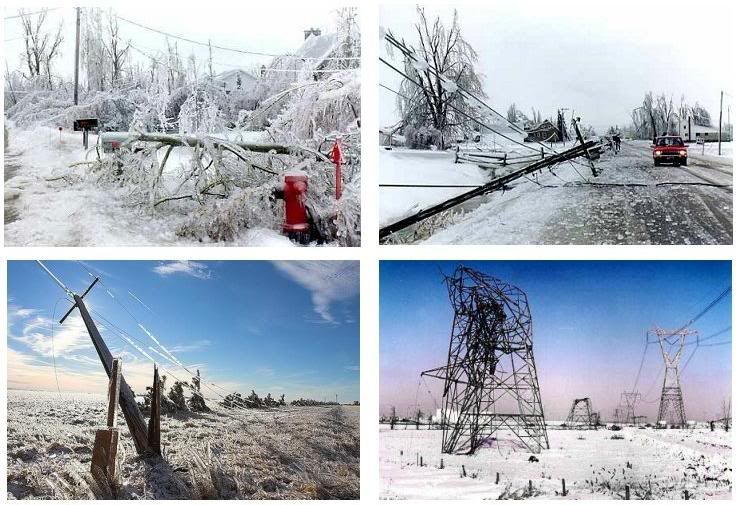Yikes , That's cold. I hope your panel is indoors.
It's not the panel I'm worried about. It's the wires that feed it.

Yikes , That's cold. I hope your panel is indoors.

Technically it could be considered not out side. Because the panel's back is against the building. 100% silicone caulking is used on top and sides.
It's not the panel I'm worried about. It's the wires that feed it.

No such thing as 5 ft. rule. "Nearest the point of entrance" is how it reads. Service cable could enter behind a fuel tank and travel behind it and emerge to a 110.26 -compliant location at which point there might be 10 feet of SE conductors in the building.You know going back to the OP.
It seems I've noticed that the northen part of the country. May be a little laxed on the out side disconnect code rule. It seems a lot of you guys go more then the 5 ft rule. From meter to disco.
I'll bet the weather has some thing to do with that.
So as to keep the equipment in doors.
No such thing as 5 ft. rule. "Nearest the point of entrance" is how it reads. Service cable could enter behind a fuel tank and travel behind it and emerge to a 110.26 -compliant location at which point there might be 10 feet of SE conductors in the building.
Around here it's 5 ft. Or you put it out side be side the meter. It must be an other one of those southern things.
I had grits for breakfeast, too.
How would you bring romex cables into an outside panel, can you use a pvc nipple if so, where do I find how many fit in a particular size conduit, would I need to derrate them? please help me, pictures are appreciated.
This whole thread and not one person mentioned a snap in bushing yet????
Define,"Snap-in-bushing." The one that protects from abrasive openings
or the one that protects against abrasive openings and provides
"Strain-Relief?"
Box TA with a coupling is generally what is used here, however a snap bushing is different and also not legal with more than 2 wires.
If Peter is suggesting using them then I would say there is no way to get 30 or 40 wires into the back of a panel with those. Besides you would have to butcher the entire siding behind it.
Oh he said snap bushing. Since most use 2 in. I didn't think he meant the plastic push in connectors. Push buttons , I call them.

